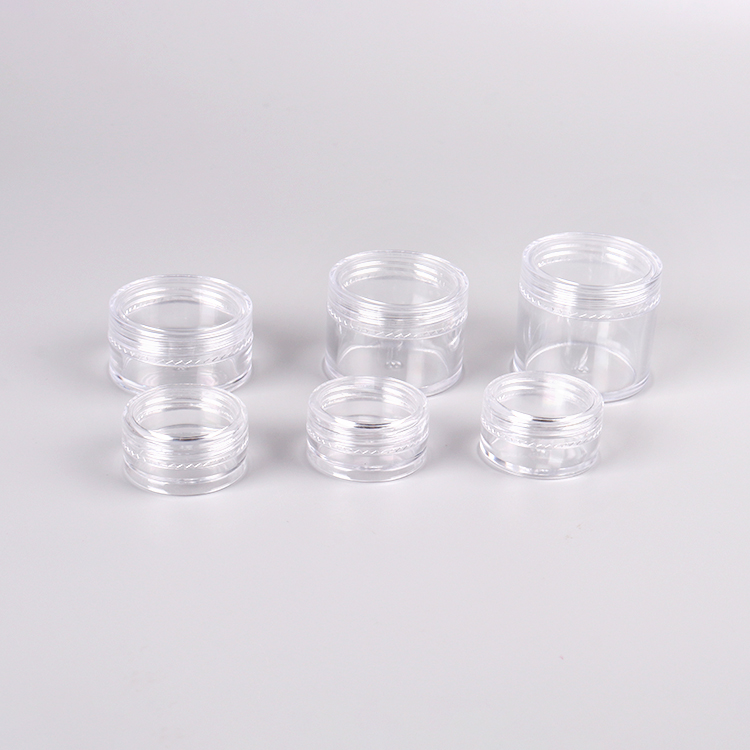Plastic jars are durable and can withstand rough handling and transportation. They are also used for packaging food and beverages. They have excellent chemical resistivity and are suitable for high-end products.
A number of companies are developing products for different end-use industries. The demand for plastic jars is expected to increase in the coming years. Increasing government regulations and intolerance towards plastic packaging may hamper the consumption of plastic jars.
Plastic jars are manufactured using various materials. The most popular resin is HDPE (High Density Polyethylene). They are naturally translucent and provide good moisture barrier. However, HDPE is not suitable for products with a hermetic seal. It is not compatible with solvents, unsaturated oils and fats.
Another common resin used in plastic bottles is polypropylene. They are autoclavable and provide excellent chemical resistance. They also have the potential to be steam sterilized. However, they exhibit poor impact resistance in cold temperatures.
The global plastic jar packaging market is expected to expand at a CAGR of 2.7% during the forecast period. In terms of geography, North America is expected to remain dominant in the market. This is due to the robust growth of end-use industries in the region.









 English
English 中文简体
中文简体 Español
Español Deutsch
Deutsch



